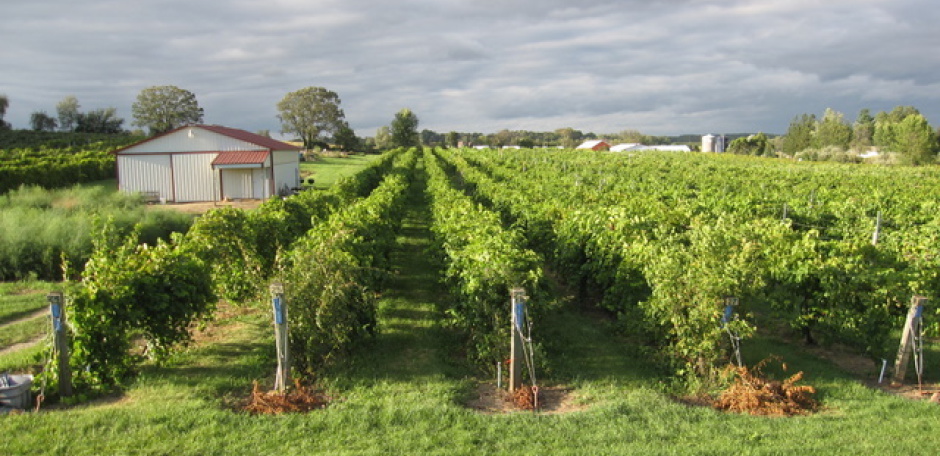Winemaking Recipes for 1 Gallon
FRUIT WEIGHT WATER SUGAR ACID BLEND TANNIN
Apple 8 lb 5 ½ pt 2-2½ lb. 2 tsp. ½ tsp.
Blackberry 4 lb. 7 pt 2-3 LB 2 tsp. ¼ tsp.
Cherry, sour 5 LB 6 ½ pt 2-3 LB 1 tsp. ¼ tsp.
Cranberry 3 ½ LB 7 pt 2-3 LB 1 tsp. ¼ tsp.
Dandelion 6 cups 7 ½ pt 2-3 LB 4 tsp. ½ tsp.
Elderberry 2 LB 7 pt 2-3 LB 2 tsp. --------
Concord G. 6-12 LB 6 pt -2 pt 1½-2½ lb 1 tsp. ¼ tsp.
Grape (Calif.) 13-16 lb -------- -------- ------ -------
Grape (French Hybrid) 10-16 lb ------- -------- ------
Grape (Wild) 4 lb 6 pt 2-3 lb ------ -------
Mead 2½-3½ lb 7 pt honey 5 tsp. ¼ tsp. .........
Peaches 6-18 lb 0-5 pt 0-2½ lb 1-3 tsp. ½ tsp.
Plums 4 lb 6 pt 2-3 lb 2 tsp. ½ tsp.
Raspberry 3 lb 7 pt 1½-2½ lb 2 tsp. ¼ tsp.
Rhubarb 4 ½ lb 6 pt 2-3 lb ------ ½ tsp.
Strawberry 4 lb 6 pt 1½-2½ lb 1 tsp. ¼ tsp.
The above recipes should also include: Yeast (1 pack), Nutrient (1 tsp/gal), Pectic Enzyme (1/2 tsp/gal), and Campden Tablets (1/gal)
1. Crush fruit; add pectic enzyme. With white grapes press out juice from skins. Add water. Allow to sit 1 hour.
2. Add crushed Campden tablet, or Sodium (Potassium) Metabisulfite powder, at rate of 1/12th teaspoon/ gallon.
3. Add sugar according to recipe, or adjust with hydrometer to Specific Gravity 1.085 for dry wines, or 1.120 for sweet.
4. Add remainder of ingredients (except yeast) according to recipe: acid blend, tannin, & nutrient.
5. Eight hours after step 2, add rehydrated wine yeast; or add prepared yeast starter. Use a primary fermentor large enough to allow for foaming (2-3 gallons). Food grade plastic makes a good fermentor. Cover with plastic wrap.
6. Stir twice daily. Press from fruit skins after 3-4 days. When wine has been fermenting 5-6 days, or when S.G. falls to
1.030, or when foam is gone from the surface (whichever event occurs first), syphon or strain into Secondary Fermentor leaving behind yeast deposit in the primary. Fill the Secondary completely up, allowing just enough space to attach the Fermentation Lock without the wine touching the rubber stopper. Fill fermentation lock half way with water. From this time forward till bottling, the Secondary Fermentor must always be kept full to the top. Glass is the preferable Secondary, with wood barrels next and plastic a very, very distant third. Plastic will oxidize the wine. Add malo-lactic culture if desired.
7. Fermentation should cease in 2-8 weeks, at 60 F., or above. Wine should be racked (syphoned) from sediment 3 weeks after placing in Secondary, and then again twice at monthly intervals after fermentation has stopped. Add ½ Campden tablet/gal. at every other racking. If closely monitoring SO2 levels, keep at 30 ppm at bottling.
8. When racking white wines, minimize splashing to avoid oxidation.
9. Wine may be bottled when clear. Grape wines may benefit from a month of chilling (45-50 F) before bottling. Ascorbic Acid (antioxidant) may be added at bottling for white wines.
10. Wine may be sweetened, if too dry, by adding ½ tsp. of Sorbistat-K (stabilizer) PLUS 1/2 Campden Tablet /gallon of wine, and adding sugar syrup (2 parts sugar to 1 part water), wait 10 days, rack, then bottle. Note: If your wine is too lightly flavored we carry 4 oz. natural extracts to add.
11. Wine is now aged till ready. Average: 3-6 Mo. for whites; 6-12 months for reds. Suit your own taste. Drink when good!
12. You can be more accurate with your measurements by using these instruments: Hydrometer for sugar and alcohol levels, Acid Titration Kit for acid levels, and SO2 Titration Kit for sulfite levels. pH Meters are also helpful for measuring pH levels, which is particularly important when making wine from high-quality grapes.

